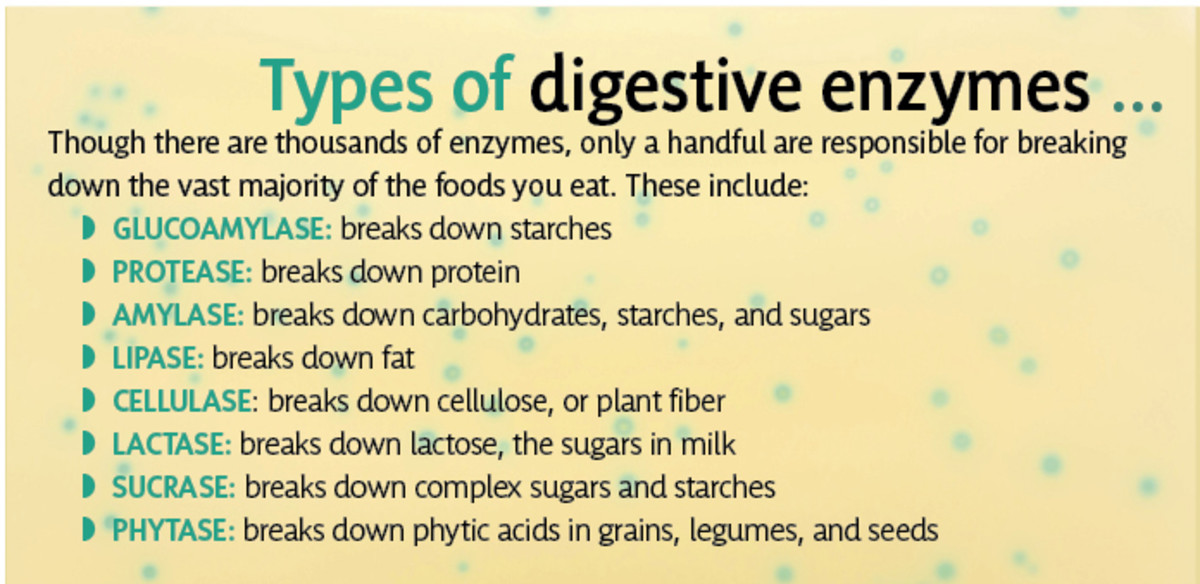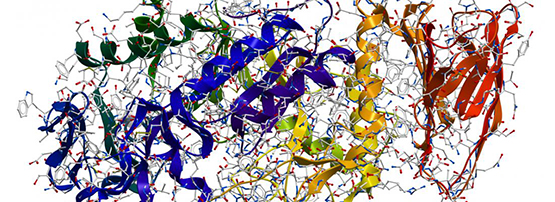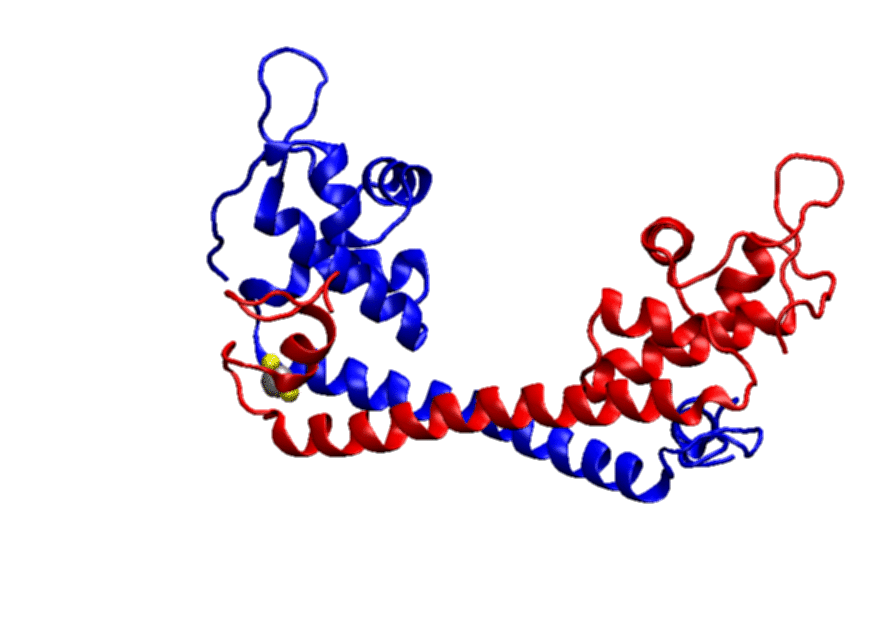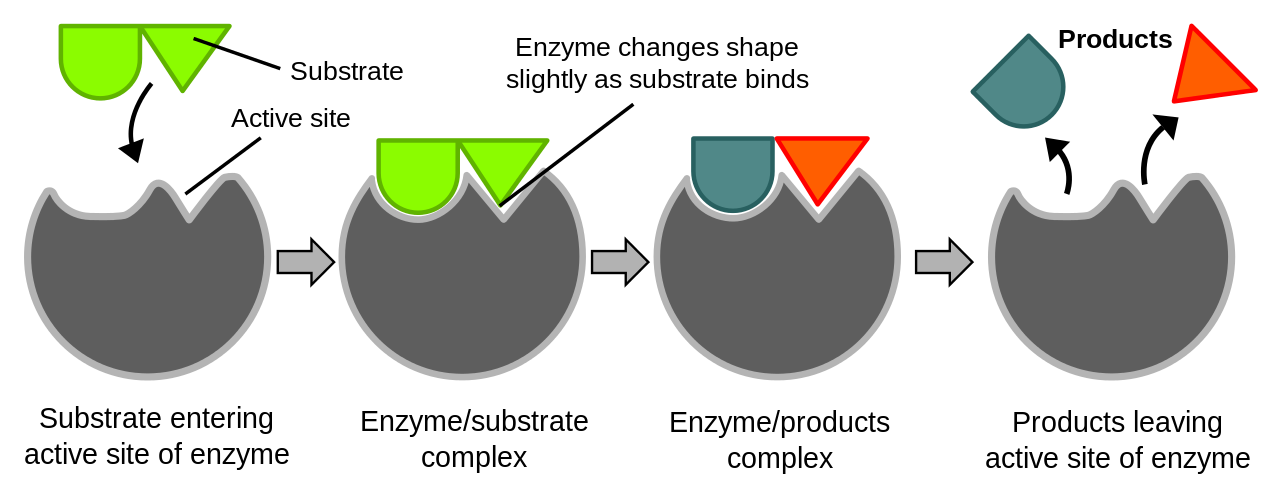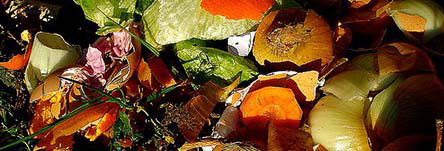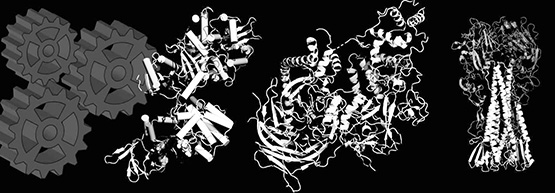Enzymes
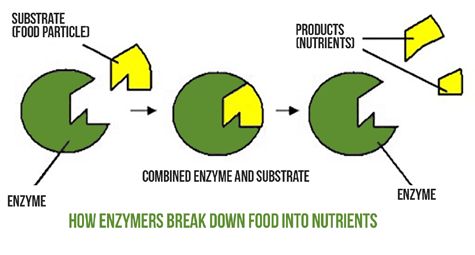
Enzymes are extremely small, powerful proteins made of complex chains of amino acids folded in shapes like Pac-Man. They are able to break down, modify, and even create things!
Enzymes occur naturally, but are not alive, nor are they consumed when they catalyze a biochemical reaction. However, without them, there would be no life, as we know it.
Enzymes accelerate chemical reactions. Orotidine 5′-phosphate decarboxylase, allows a reaction in milliseconds, that would otherwise take millions of years to occur.
The molecules upon which enzymes act are called substrates. Enzymes convert substrates into different molecules known as products.
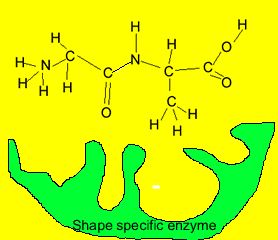
Enzymes have unique 3D structures. Most enzymes are proteins, which comprise of a chain of 100-1000 amino acids.
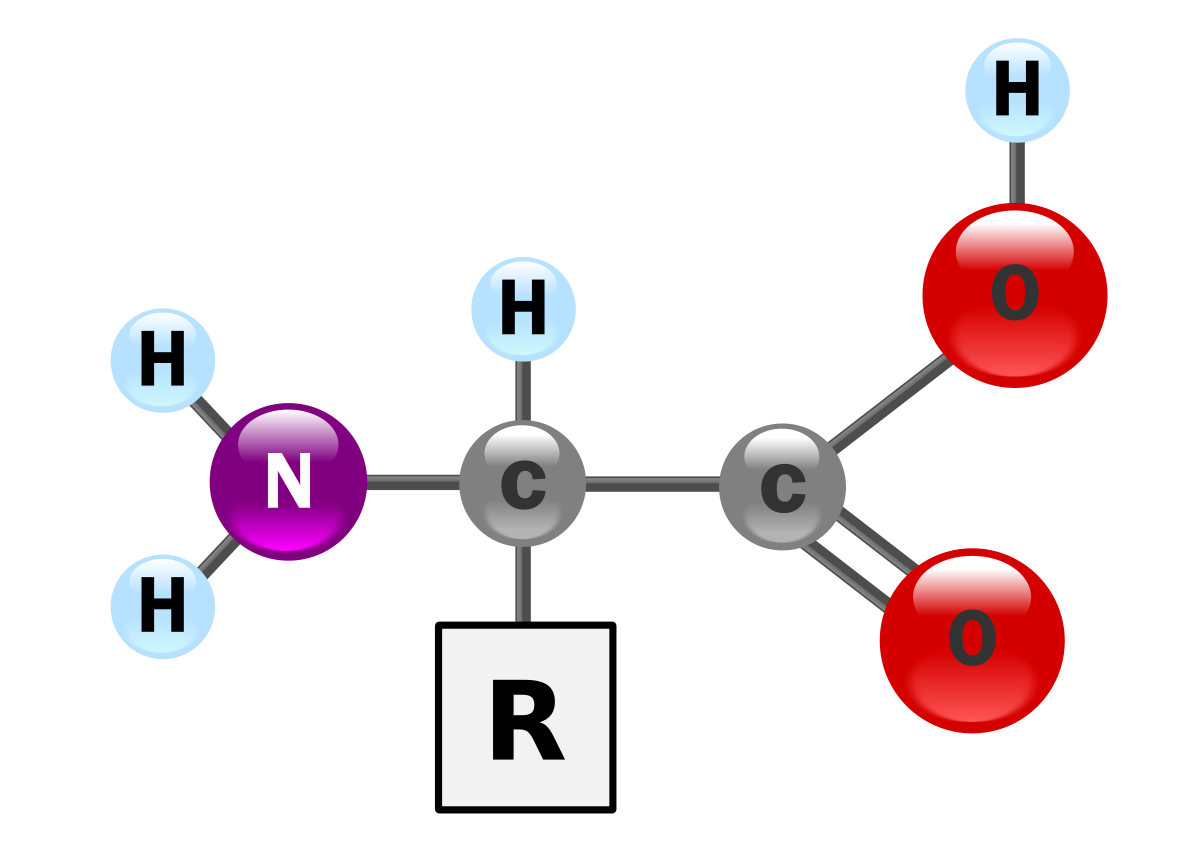
amino acid
An amino acid is an organic molecule that is made up of a basic amino group (−NH2), an acidic carboxyl group (−COOH), and an organic R group (or side chain) that is unique to each amino acid. The term amino acid is short for α-amino [alpha-amino] carboxylic acid.
The rest are catalytic RNA molecules, split from the DNA molecule, via a process by which amino acids are linearly arranged into proteins through the involvement of ribosomal RNA, transfer RNA, messenger RNA, and various enzymes.
Other amino acids are obtained from food and its waste, and from carbon sources, like glucose. It is the blueprint for a cell's propagation.
Digestion
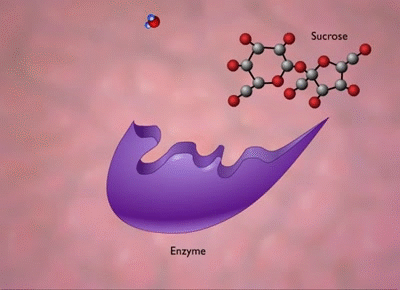
The various enzymes along our digestive tract convert what we eat into essential substances our bodies require to function. Starting with the amylase (see header) in saliva, which breaks down starches into simpler sugars. Then others that break down the rest of the food in the stomach.
In essence, enzymes permit us to convert food into energy. When we’re missing a certain type of enzyme, we are faced with digestive problems. When you have low levels of lactase in your stomach, you have issues digesting the lactose in dairy products.
Recent technological breakthroughs have made it possible to create enzymes from “scratch.” However, it is still much more economical to extract them via fermentation, and other processes with specific bacterial and fungal combinations, than to manufacture them.
Although quite complex, each type can produce one action on one single thing. The cellulase enzyme can only break down cellulose. Although they can repeat their tasks millions of times, they can also be de-activated or even destroyed by other enzymes, a change in pH, or temperature, etc.
Thus, packaging enzymes for retail sale is a real challenge, particularly if a product contains many different types. They need to remain activated and useful. Sometimes, they are already “dead” in the bottle, long before they reach your nutrient solution. Supplement makers cannot control what happens between their loading dock and your garden or farm.
Should we use enzymes?

Enzymes aid in getting rid of dead roots, and/or helping the plant accelerate its development by assisting in hormone biosynthesis.
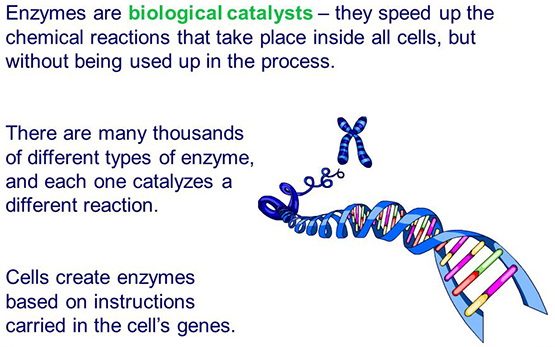
Are they all the same?
Most manufacturers are quite guarded when it comes to revealing the specifics about their product’s composition. Often enzyme products use generic marketing words like “improves plant health” and shy away from specific claims.
Enzymes act as a protection or insurance against disease. Some enzyme products break down roots, others break down bad bacteria and other detrimental life forms. In converting their targets into sugars and minerals, they also improve the soil structures by eliminating dead material to create new air and water channels before it rots, and attracts pathogens.
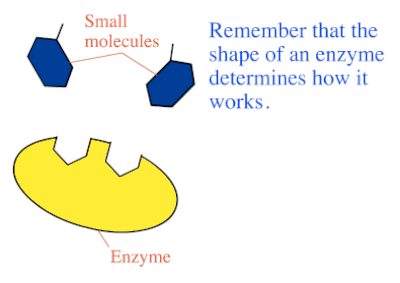
The very popular chemical, such as various Glyphosate formulations, a cheap broad-spectrum herbicide that targets broadleaf weeds, grasses, woody plants, as alternatives can keep things quite clean, but leave a poisonous trail behind!
Plants generate enzymes for many functions, like hormones creation, and photosynthesis. Combining various enzymes can truly maximize a plant’s growth potential.
It is difficult to test for complex enzymic actions to improve plant health, like bacterial degradation, or pathogen digestion, or hormone production.
Growers have to trust manufacturers, or apply the product to one plant and not its neighbor for comparison testing.
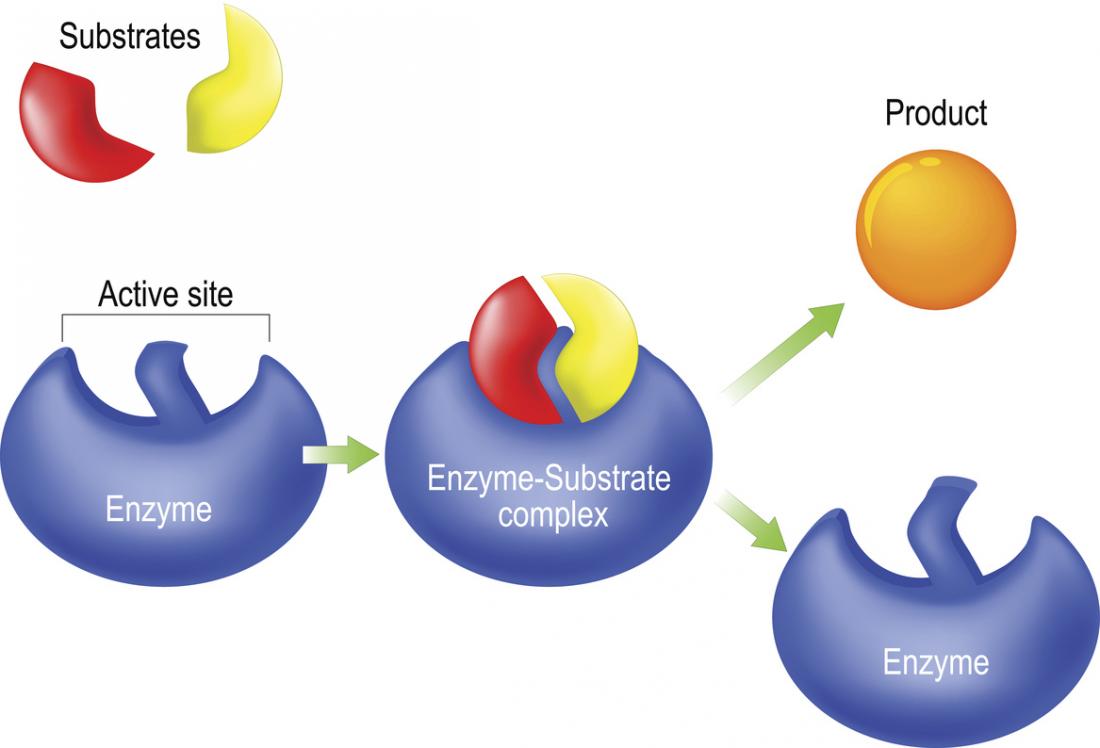
Some products sold as enzymes are not even enzymes, but blends of microbes and fungi. When working properly, they will populate and secrete various enzymes. But this is only possible if the micro-organisms are still alive, and able to reproduce fast enough to be useful.
Microbes are single-celled or multi-cellular and include bacteria, fungi, protozoa, some algae, viruses, viroids, prions. Some micro-organisms are harmful [pathogens] and others are beneficial and contribute to human welfare. Bacteria and fungi produce enzymes through the process of fermentation.
Submerged fermentation involves the production of enzymes by micro-organisms in a liquid nutrient media. Solid-state fermentation is the cultivation of microbes, and thus enzymes on a solid substrate.
Carbon containing compounds in or on the substrate are broken down by the microbes, which produce the enzymes either intracellular or extracellular, and are recovered by methods such as centrifugation, for extracellularly produced enzymes and lysing of cells for intracellular enzymes.
Micro-organisms and Fermentation
- Sugar is converted into alcohol by yeast. This process of conversion of sugar into alcohol is known as fermentation, discovered by Louis Pasteur in 1857.
- Dough, which is used for making foods such as dosa and idli is fermented by bacteria. The puffed-up appearance of dough is due to the production of CO2 gas which is released by the microbes.
- Dough, which is used for making bread, is fermented using baker’s yeast (Saccharomyces cerevisiae).
- Some drinks and foods are made by fermentation by the microbes such as by fermenting sap from palms.
- Microbes are also used to ferment fish, soyabean and bamboo-shoots to make foods.
- Cheese, is one of the oldest food items in which microbes were used. The large holes in ‘Swiss cheese’ are due to production of a large amount of CO2 by a bacterium named Propionibacterium sharmanii.
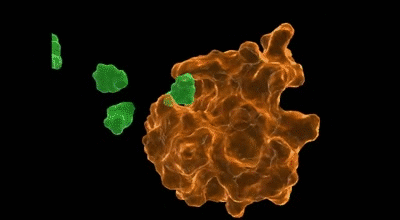
Bio-Mimetics
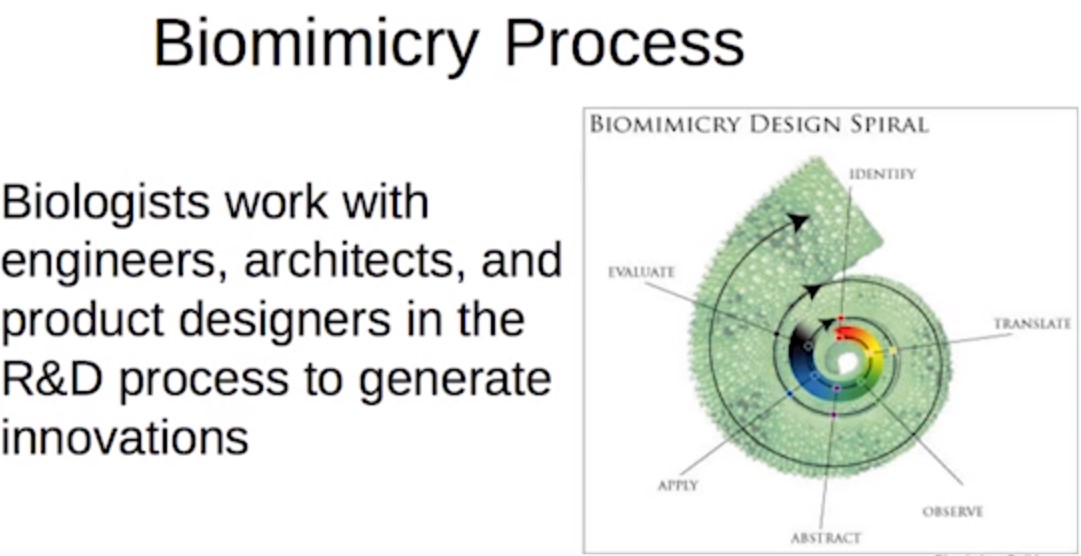
Biomimicry seeks sustainable solutions to human challenges by emulating nature’s time-tested patterns and strategies. The goal is to create products, processes, and new ways of living that are naturally-adapted to life on earth.
Nature has already solved many of the problems we are still grappling with. Animals, plants, and microbes are the consummate engineers. After billions of years of R&D, what surrounds us is the secret to survival:
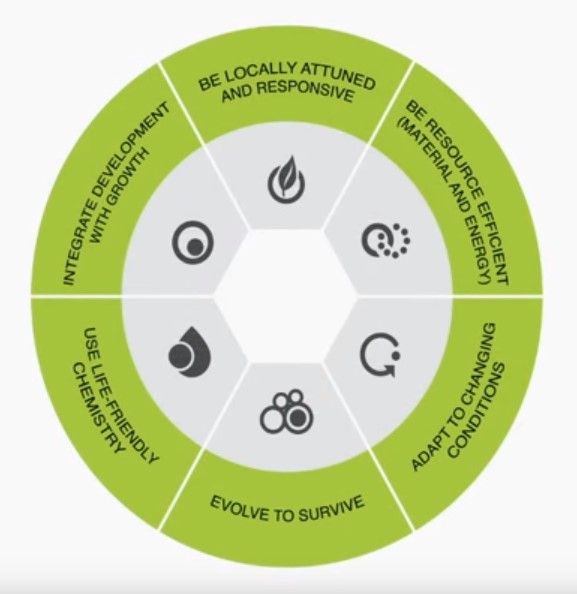
Biomimetics studies the formation, structure, and/or function of biologically produced substances (food waste), materials (bacteria), and biological mechanisms and processes (protein synthesis or photosynthesis) for the purpose of synthesizing similar products (enzymes) by mechanisms which mimic natural ones, ideally in a closed loop system.
Space Suit of the Soul
The use of enzymes as foundation for fertilizers, pesticides, fungicides, and herbicides, allows the Soil in the Earth to regenerate and re-energize itself and feed the roots of plants and trees with certain micro-organisms, that were destroyed by chemicals, but are badly needed for optimal nourishment of fruits and vegetables, and thus Healthy Human bodies.
